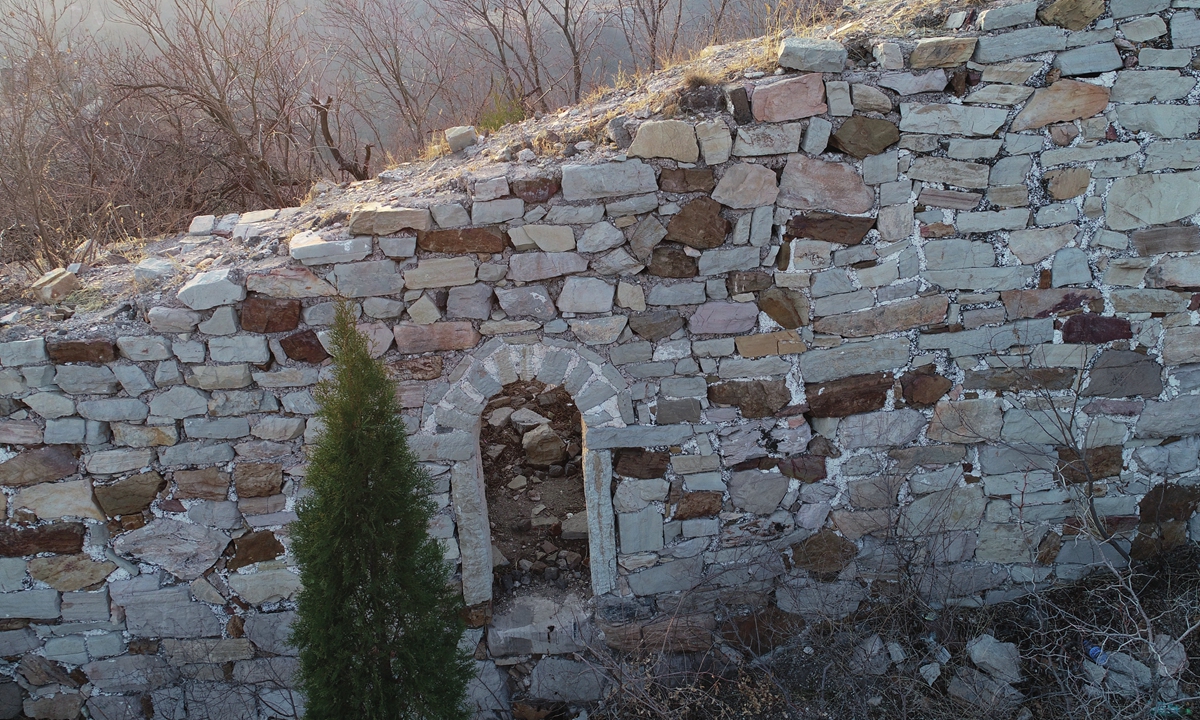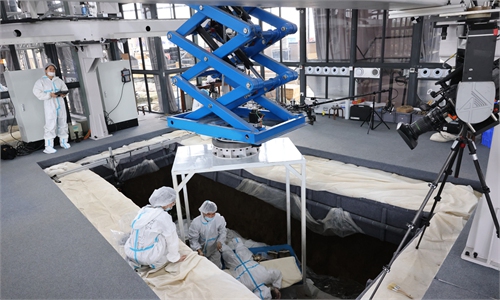ARTS / CULTURE & LEISURE
2,000 relics discovered at Tianjin archaeological site, reveal city’s 600 year urban history

A hidden Ming Dynasty (1368-1644) secret door Photo: Courtesy of Tianjin University
More than 2,000 relics, the oldest of which date back to the Yuan Dynasty (1279-1368), have been discovered at an archaeological site in Tianjin, providing more insight into the city's 600 years of urban planning history.
The excavation site is the Chengdong ancient wall site of the old town of "Tianjin Wei," the ancient name for the city of Tianjin.
The "Wei" in the name refers to the fact Tianjin was a military site during the Ming Dynasty, historian Qiao Xiong told the Global Times.
Aside from numerous broken pottery fragments, the remaining relics date from the Yuan to the Qing Dynasty (1644-1911).
Highlights among the discovered relics include specimens of the ancient wall foundation and roads, Wen Zhang, executive director of the excavation project hosted by the Tianjin Cultural Heritage Protection Center, told media.
"Such discoveries reveal that the Tianjin Wei was established no later than the early Ming Dynasty," Wen added.
Excavation of the site started in 1970. Wen said that the site's relics show the Tianjin Wei had been rebuilt many times during the late Ming and Qing Dynasty.
"The site reveals the continually changing urban history of Tianjin over 600 years," the expert added.
Beside urban remains, a large number of relics, such as pottery fragments, resemble those made at the Longquan Kiln. Such relics reveal the "ancient Chinese wisdom in art and handicrafts," Qiao noted.


